Articles
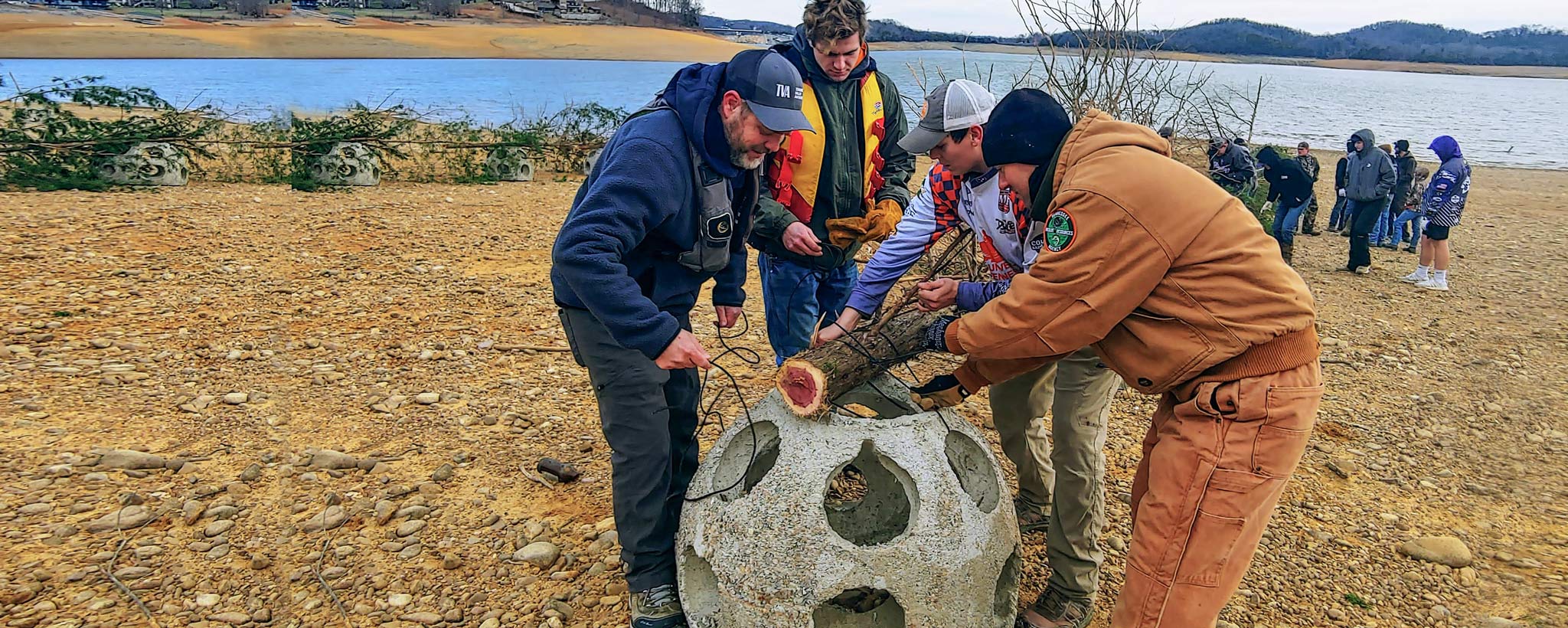
Fish are Friends
Biologists Strengthen Aquatic Habitats
As the sun beamed down on Douglas Lake, an unseen and delicate world thrived just below the surface.
It's an ecosystem rich in biodiversity, teeming with aquatic plants, grasses and fish, such as largemouth bass, gizzard shad and spotfin shiners.
And it's all held in careful balance.
As time passes, the vast wildlife in this East Tennessee reservoir can naturally decay as plants and structures deteriorate, giving way to an unhealthy environment for fish.
To preserve the habitat, humans must lend a helping hand.
Aging Reservoir
Douglas Dam and its reservoir, Douglas Lake, were built to support the war effort in 1942.
Now more than 80 years old, the reservoir’s habitat needed a makeover.
“Douglas has very little of its original cover for fish now,” Shannon O’Quinn, TVA Water Resources specialist, said. “The original trees, shrubs and standing structures that used to provide sanctuary to fish of all ages and types have long since decayed.”
To reintroduce the habitat so vital to aquatic life, specialists from TVA have partnered with the Tennessee Wildlife Resources Agency and the Bass Angler Sportsmen’s Society.
Their mission: Rebuild a biodiverse home for fish in the lakes of East Tennessee.
Among their endeavors, they've added recycled trees and other woody debris to the aquatic environment.
They've also installed reef balls in the water – pH-neutral, fibrous concrete balls that have holes in them. The concrete aggregate is made from gravel and sand sourced from Newport, Tennessee.
The fish immediately take to the reef balls, which also become an attractive home to microorganisms on the lower end of the food chain.
But the reuse of natural wood sources has offered an especially handsome payoff, as it immediately supports the advancement of critical ecosystems.
The fallen trees and harvested cedar and pine allow for nature's cycles to continue as they once had. Large fish can use the branches as hiding spots from which to hunt prey, while smaller fish can enjoy a shelter that large predators find hard to penetrate.
It's a carefully orchestrated underwater symphony.
“Our hope is that new habitat will provide a nursery for small fry and give older fish the cover they need to mount an ambush,” O’Quinn said.
These enhanced supports for aquatic life promote a healthy fish population, ensuring fishermen throughout the region will land plenty of thrills when they drop a line in these waters.
And there's plenty of fishing spots from which to choose. Douglas Lake boasts 513 miles of shoreline and about 28,420 acres of water surface.
“All of our cooperation and concerted effort will yield a healthier habitat,” O’Quinn said. “One that will be there for future anglers to benefit from.“
Photo Gallery
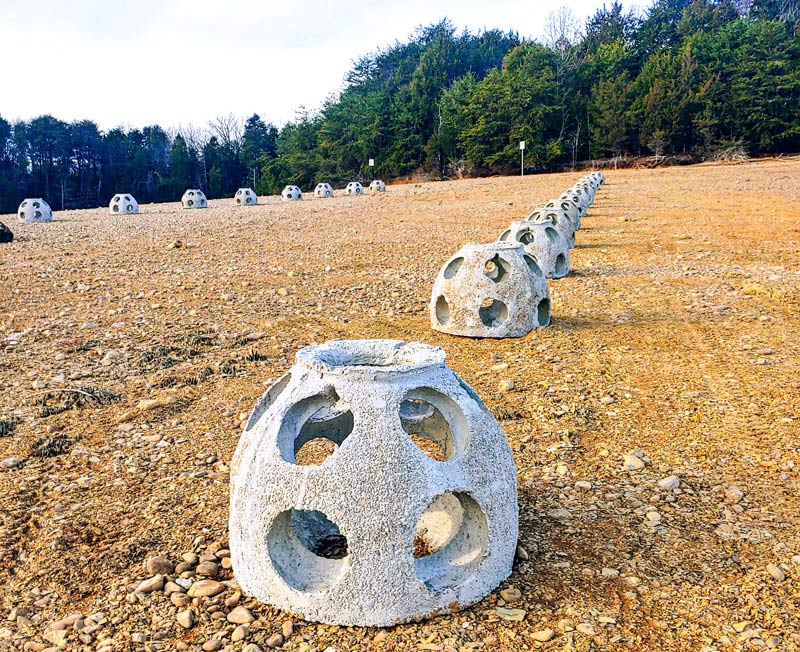
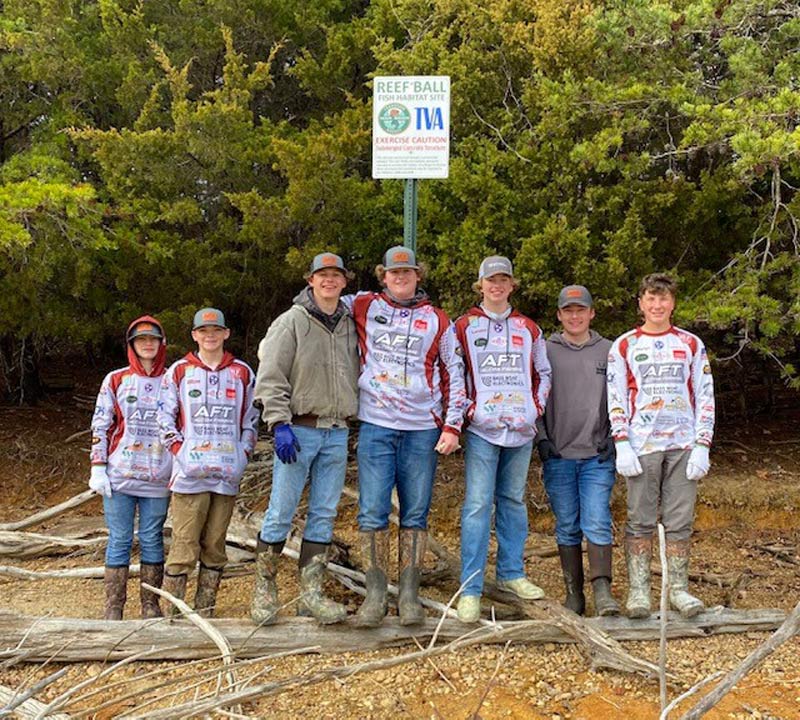
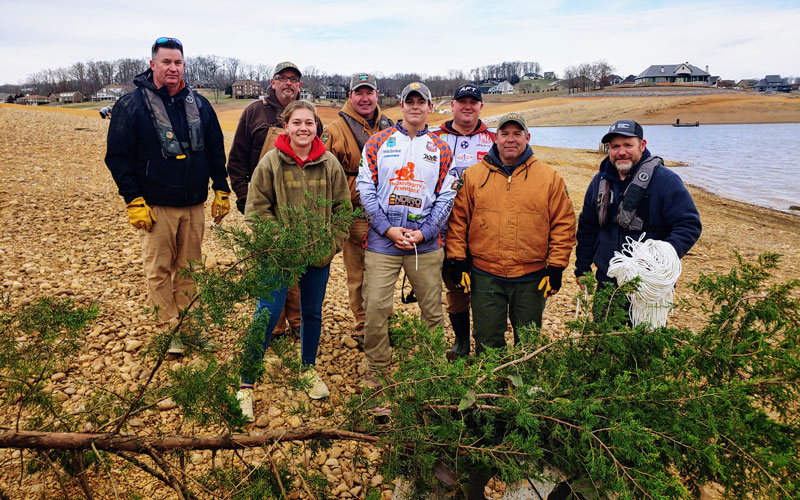
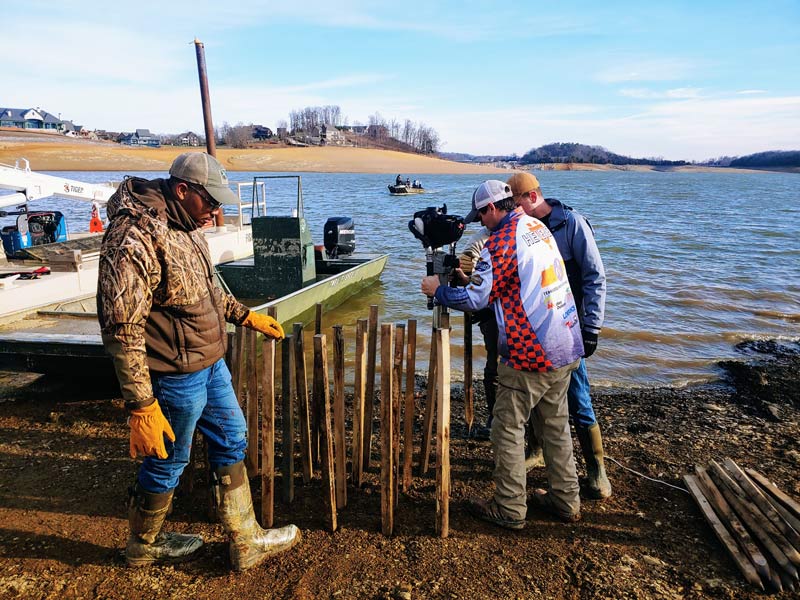
Explore
To learn more about fishing opportunities in the region, visit TVA’s fishing page.